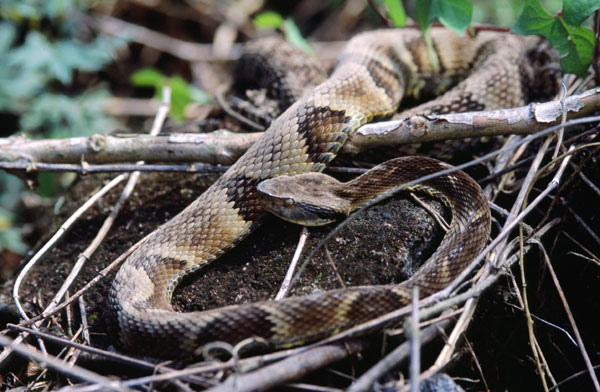First genetic sequencing of Brazilian pit viper is completed
Date: 16.8.2021
A group led by researchers at Butantan Institute and funded by S?o Paulo Research Foundation – FAPESP has completed the first sequencing of a Brazilian snake's genome.
 It suggests that the nine genes that encode toxins produced by the jararaca pit viper Bothrops jararaca probably originated in genes that had different functions in the ancestral species.
It suggests that the nine genes that encode toxins produced by the jararaca pit viper Bothrops jararaca probably originated in genes that had different functions in the ancestral species.
We found nine of the 12 toxin genes in the jararaca to be highly similar to those occupying the same position in the DNA of these other species. We concluded that most of the toxin genes probably arose from elements that already existed in the same part of the genome of the ancestor common to all these animals," said Inácio Junqueira de Azevedo, a researcher at Butantan Institute and last author of the article.
"These genes had physiological functions in the common ancestor of all these species. At some point they probably began playing a role similar to toxin genes or were selected for this route and lost their original functions. Our study located elements that will help scientists understand the evolution of toxins and the mechanisms that led to the recruitment of certain genes to perform this new function in the production of venom," said Diego Dantas Almeida, first author of the article.
The Butantan Institute group began sequencing this snake's genome in 2013. B. jararaca is responsible for a large proportion of snake-bite accidents in Brazil and is one of the most studied snakes for this reason. The sequencing produced the fundamental information on the origins of its venom they had lacked hitherto.























